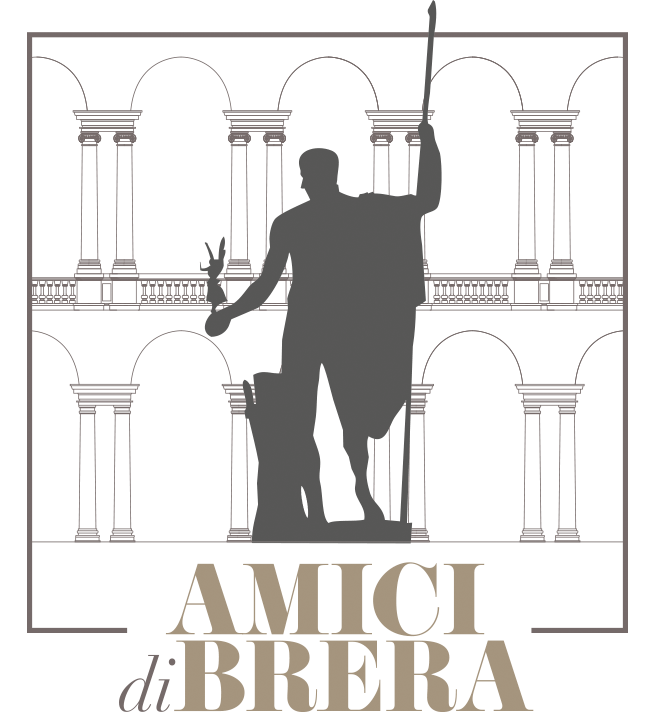SILVESTRO LEGA
(Modigliana, 8 December 1826 –
Florence, 21 September 1895)
After Lunch (The Trellis)
1868
Oil on canvas
75×93,5 cm

PAINTING
One of Silvestro Lega’s masterpieces, Il pergolato [The Trellis], was painted in 1868 in Piagentina. In 1861, the artist had retreated to this locality in the Florentine hills, and like many other Macchiaioli painters, was drawn to the landscape and the opportunity to paint in the open air. Inspired by the many pleasant afternoons spent at the home of the Batelli family, who generously hosted him, the artist depicted a theme of the everyday life of that time. The scene gave the painter an excuse to exercise his skill in landscape and “macchia” painting, aiming at quickly and synthetically layering on the paint, generally avoiding the description of details, and using uniform fields of colour to allow objects to emerge through strong contrasts of light and shadow.
The Macchiaioli rebelled against Romantic historical and mythological painting and their movement championed a new, more spontaneous art, focused on reality and everyday life, in a style that could convey “immediacy” in their subjects, or rather, their moods. For these painters, the landscape was almost equivalent to their sensibilities.
In Italian painting, the Macchiaioli were partly considered the forerunners of the Impressionists, and with them, the themes and techniques changed. However, Lega distinguished himself by constructing the image in a skilful and impeccable way, in terms of perspective, conceptually reconnecting with the great Tuscan Renaissance painters of the 15th century.
The painting was donated to the Pinacoteca di Brera by the Associazione Amici di Brera in 1931.
BIOGRAPHY
Silvestro Lega (Modigliana, 1826 – Florence, 1895) moved to Florence when he was only seventeen years old to study at the Academy of Fine Arts, but was quickly disappointed. He began to frequent the Caffè Michelangiolo, a Florentine haunt for artists with revolutionary and reformist intentions. It was here, from 1855, that the Macchiaioli group came into being. This Italian artistic movement was considered to be one of the most original avant-garde movements of the second half of the 19th century, both because of its reaction to the formal inertia of the Academies and for having represented the highest poetic expression of the heroic Risorgimento in Italy’s struggle towards unification. In fact, Silvestro Lega’s life was also defined by his voluntary military commitment against the Austrian regime in favour of a new Italian nation.
Lega had enthusiastically joined the group of artists to paint from life in Piagentina, in the hills south of Florence. There he was hosted by the Batelli family, who supported him financially. He eventually married their eldest daughter Virginia.

